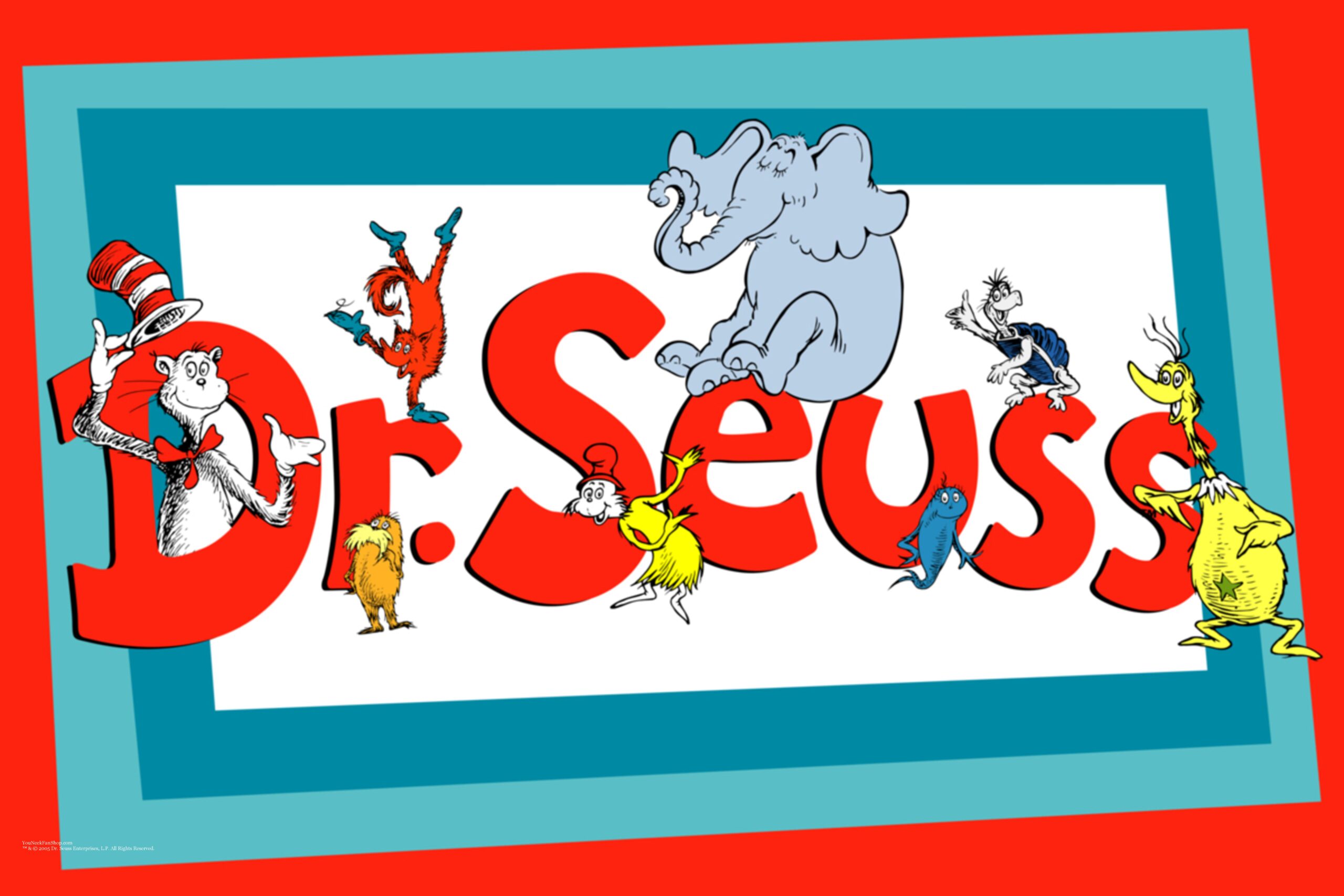Dr. Seuss, the beloved children’s author, was a master of using words and creativity to engage and captivate his audience. While his writing style is often associated with children’s books, there are valuable copywriting lessons that can be drawn from his work:
- Simplify and Clarify: Dr. Seuss was a master of simplifying complex ideas and making them accessible to young readers. In copywriting, clarity is key. Avoid jargon and overly complicated language. Your message should be easy for your target audience to understand.Lesson: Keep your copy clear and concise. Use simple, straightforward language to convey your message.
- Create Memorable Characters: Dr. Seuss created unforgettable characters like the Cat in the Hat and the Grinch. Characters add personality and relatability to stories, making them more engaging.Lesson: In your copy, use relatable characters or personas to help your audience connect with your message. People remember stories and characters.
- Play with Rhyme and Rhythm: Dr. Seuss’s use of rhyme and rhythm added a musical quality to his writing, making it fun to read aloud. This drew readers in and made his stories memorable.Lesson: Consider using rhyme, rhythm, or alliteration in your copy to make it more engaging and memorable. However, use these techniques sparingly to avoid sounding forced or distracting.
- Tell a Compelling Story: Many of Dr. Seuss’s books tell stories with clear beginnings, middles, and ends. This narrative structure keeps readers engaged and invested in the content.Lesson: Craft your copy in the form of a compelling story. Start with a hook, build tension or interest in the middle, and provide a satisfying conclusion or call to action.
- Use Visuals: Dr. Seuss’s books are known for their colorful and imaginative illustrations. Visual elements can enhance the impact of your copy, whether it’s through images, graphics, or formatting.Lesson: Incorporate visuals that support your message and make your copy more visually appealing. Ensure that visuals complement and reinforce your written content.
- Know Your Audience: Dr. Seuss had a deep understanding of his young audience and what would engage them. Successful copywriting requires knowing your target audience’s needs, preferences, and pain points.Lesson: Research and understand your audience thoroughly before writing your copy. Tailor your message to resonate with their interests and desires.
- Leave a Message: Many of Dr. Seuss’s books conveyed important life lessons and morals in a playful and entertaining way. While copywriting often aims to persuade or sell, it’s also an opportunity to inspire or educate.Lesson: Consider what message or value you want your copy to convey beyond the immediate call to action. A well-crafted message can leave a lasting impression.
Incorporating these lessons from Dr. Seuss into your copywriting can help you create more engaging, memorable, and effective content that resonates with your target audience.
